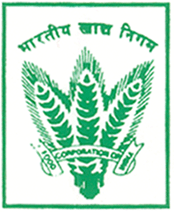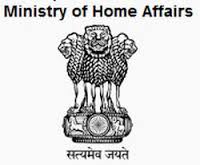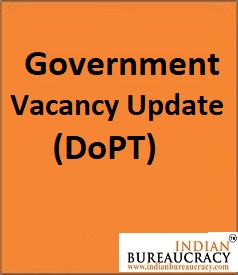In an Indian Bureaucracy PSU news update, there are many a crossed fingers to unknot and bureaucratic hurdles to leap before the infamous starvation pictures recede from our collective memory. Electronic public distribution system (e-PDS) is working on improving the supply side of TPDS. Under this mission mode project (MMP), a module to integrate release orders of FCI with TPDS is being developed. Release orders are official documents that authorise departments to source grains from the FCI godowns according to their requirements.
The integration will enable transparency between state governments and others (the demand side) with FCI (the supply side) as far as grain collection is concerned. It will help curb misuse by enabling the corporation to ascertain the amount of grain collected from godowns under the PDS scheme. “Our release order module will ensure all demands are made only through the system. The TPDS officials would be given login IDs access to our systems through which they will project their requirement to us. Similarly, when we issue our release orders it will be communicated to them,” said Abhishek Singh, executive director (engineering/IT/S&C and silo), FCI.
The software for the module is being developed by the national informatics centre (NIC), Delhi. “It would be ready in six to eight months,” said Ranjana Nagpal, scientist-G, agriculture, food and consumer affairs, NIC. “It would be implemented at all 195 FCI offices simultaneously.” This integration is expected to change the image of FCI as a place of foodgrain diversions. “Our storage losses are 0.22 percent and transportation losses are 0.43 percent. Considering we manage 200 lakh metric tonnes of grain every year these losses are miniscule. They are comparable with similar operations elsewhere in the world,” said Singh.
With a major task done, a host of other e-governance applications at FCI will ensure that grains are procured, stored and distributed without any bottlenecks. Singh revealed plans about a local area network that will connect all depots with software to indicate stock positions in real time. “We can get to know the stock positions online at any point in time through the IISFM rapid reporting system (IIRS) solution. It also tells us about the inflow and outflow of food grains and how much has come from which scheme and district. This precise information helps us in chalking out our movement plans for where grains need to be sent,” he added. The FCI is also additionally creating a wide area network (WAN) for all their 195 region offices for dedicated information exchange.
The biggest challenge of all e-governance projects is their interlinking and the lack of their ‘talking to each other’. Different modules are automated, but hardly a thought is spared for them to be connected for data and information sharing. “We are planning to integrate the stock, depot and release order management module on an integrated logistics ERP solution. This will ensure we optimally utilise all our storage capacities and send food grains only to godowns where there is capacity and requirement of food grains,” he said.
Singh explained that there are 2,100 FCI godowns in India situated in consuming states and producing states (with surplus grains). The procurement from some states is only for some months but consumption for every state is on a monthly basis in all districts. To achieve this, grains have to be moved back and forth across India. “Thus an ERP-based logistics management system will help optimise the movement and storage of the food grains in the most economic and efficient manner,” he said.
These changes are expected to take around 18-24 months. Currently the FCI is in the process of selecting a consulting agency to undertake a study of the entire processes of the organisation. “It is only after we study the present processes that we would know how to re-engineer them for an integrated system,” he said. The study, aptly named ‘To build a strategic roadmap for IT intervention in FCI’ will prepare a five-year roadmap for modernising the organisation. The most critical findings of the study will be implemented in the first two years. “Changing the processes is very important. For example, we still have the challan system for procurement of grains, which needs to become electronic. We need to have least human intervention at all levels of procurement, storage and distribution to increase efficiency,” said Singh.
Credit : GovernanceNow





